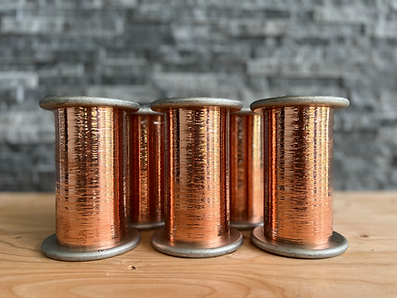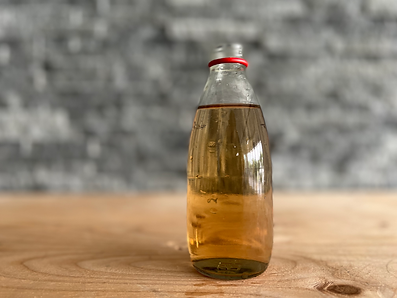
Custom wire technologies that satisfy
different dynamic user scenarios
Are you looking for something more than a standard cable? If your application requires cables that are not readily available, we can customize them according to your specifications. From custom coaxial cables to special power cables, we can provide the best dynamic conductors. You can use these conductors to improve the lifespan of your cables.
Types of Wire Materials
At the center of any wire and cable is a conductor. A conductor is usually a metal as it has better conductivity. Wire materials all have different properties. These differences affect how you can use each. Some of these materials that we use to make wires include; Aluminum: this material is affordable and lightweight. You can use it in diverse applications. Aluminum is cheaper than metal and copper alloys. It is also less conductive.
Aluminum
This material is affordable and lightweight. You can use it in diverse applications. Aluminum is cheaper than metal and copper alloys. It is also less conductive.
Copper
Copper s cheap and versatile. It can conduct electricity. You can use bare copper or a copper conductor. If you choose a copper conductor, it should be tinned or coated with silver. This will help improve the wire’s performance. Bare copper does not have to be coated or tinned.
Steel
This is not as commonly used as copper and aluminum. It is not the best conductor of electricity. You can use copper-clad steel as a grounding conductor. It is also perfect for cables that need exceptional mechanical strength.
High Strength Alloys
These are made of one or more metallic elements. Joining the elements allows the alloy to be stronger than either material is on its own. High-strength alloys can be nickel-plated or silver-plated to increase conductivity.
Metal Types for Wire Material
Wire material is usually made of metal as it is a great conductor of electricity. They are also readily available and affordable.
Oxygen-free copper includes several copper alloys with high conductivity levels. It is also known as pure copper. These alloys are refined electronically. This helps to reduce the oxygen levels to 0.001%. Oxygen-free copper runs cooler when compared to other conductors. It is more durable and lasts longer. It is also more resistant to shorts and is less likely to have corrosion because it has less oxygen content.

Wire Plating
In electroplating, we use electric current to add a coating of specified metal to a wire. The coating lends specific properties to the wire. It gains corrosion resistance, conductivity and an aesthetic quality.
Tin plating is done to improve conductivity, water resistance and to make soldering easier. Conductors that are tinned are more expensive and can last much longer than bare metal conductors. They are great for industrial use.

Fiber Types for Wire Material
There are various types of fiber that are either single-mode and multi-mode. They each have separate properties.
Para aramid fiber is a high tenacity fiber that is used to manufacture safety equipment such as bullet proof vests. The fiber is abrasion resistant and has strong heat resistance. The equipment made from para aramid fiber also offers cut resistance.
A great example of a para aramid fiber is Technora by the company Teijin Aramid. Technora is great for situations that need chemical or high strength resistance. When you compare it to the physical attributes of steel, Technora has a better strength to weight ratio.

Wire Structure
Depending on what you plan to use it for, wires and cables can have different structures. These structures are Single-layer wire structure, Multi-layer wire structure & Composite wire structure.
Single-layered wire structure are highly resistant to corrosion when in use and will serve you for a long time. Single-layered wires are mainly used in the wiring of gadgets, computers and control panels.

Special Chemical Treatments for Your Wire Conductor
You can introduce a chemical catalyst like sulfur or peroxide to achieve a thermoset insulation. It allows the molecules of the wire to cross-link. The process is started using heat. Since the out-gassing process may leave bubbles and voids, you should apply pressure to prevent them from forming.
WG treatment was developed to make structure wax treatment more efficient. It is done during wax treatments and allows the wire to survive through 96 hours of a salt spray test.

Wire Insulation
Wire insulation protects your wires by preventing current from other conductors. When you have insulated wires, they are protected against environmental factors. Insulation also helps to prevent electrical leakage from your wires.
Polytetrafluoroethylene (PTFE) is a fluorocarbon polymer insulation material. It allows you to use and operate wiring systems even in the most demanding circumstances. PTFE is extremely resistant to lubricants and fuels. It has great electrical and thermal properties and is very flexible.































